Problematic Coastal Development | Policy
October 9, 2024
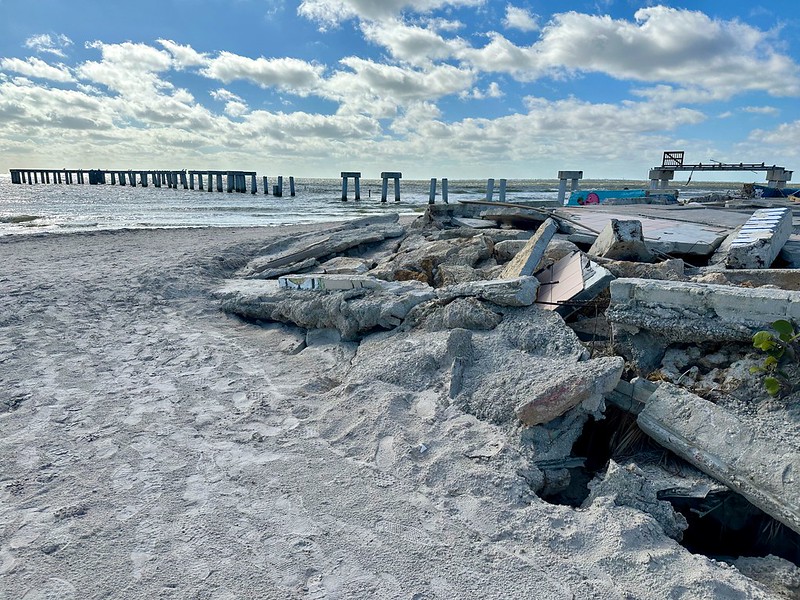
If Hurricane Rebuilding Is Affordable Only for the Wealthy, This Is the Florida You Get | Opinion – the New York Times
Excerpt:
When Hurricane Ian, the costliest storm in Florida’s history, made landfall nearly a year ago, a storm surge as high as 15 feet left the town of Fort Myers Beach nearly submerged for several hours.
Today a drive across the island reveals countless properties recently cleared of debris selling for millions and even tens of millions of dollars…
The rapid redevelopment of coastal communities like Fort Myers Beach in the face of sea level rise and more intense storms and hurricanes mirrors a phenomenon sweeping beachfronts around the world: upscaling, the practice of replacing old or more modest homes, condos and hotels with more expensive versions, largely thanks to the high cost of building up to new storm-resistant codes and the potentially uninsured risks associated with doing so.
Despite their intent to make coastal communities safer and more resilient, Florida’s building codes can actually complicate resilience efforts in the long term. Buildings constructed with concrete and other stiff materials represent a doubling down on Gulf Coast living as climate change makes Atlantic hurricanes more powerful and more likely to hit that very coast. And taxpayers, along with the federal, state and local governments, must foot the bill to maintain eroding beaches and flood-prone coasts.
And yet we could be making other plans for these communities. There are policies that would encourage people to move away from the coast, as well as new possibilities for movable and flexible structures.
Before the storm hit, Fort Myers Beach was a colorful, pleasantly ramshackle town along a fairly perfect seven-mile stretch of sand. Its single-story bungalow homes and condo buildings gave middle-class sun seekers entree into beachside living. Its low-slung motels welcomed travelers from both the Midwest and within Florida. Many returned year after year.
A few bigger hotels, like the Lani Kai, a pastel-colored resort once popular with spring breakers, dotted choice beachfront lots. But as the cleanup efforts finally give way to planning and rebuilding, it looks as if large, high-end hotels and condos will eventually dominate the beachfront. The new version of local color is best embodied by the 254-room Margaritaville Resort, which broke ground in 2021 and has been built, fittingly, on property that was cleared out by Hurricane Charley in 2004. On the beachfront beyond, the construction of multimillion-dollar homes, condos and tourist lodging will undoubtedly soon rev up.
Upscaling is often an answer to overtourism, since higher-end hotels can bring in strong revenue while lowering density: Ten tourists spending a collective $30,000 put less strain on local resources and patience than 60 budget travelers spending the same amount. Resort developers are also encouraged by what they see on the ground, where luxury properties have been outperforming the overall hotel market in terms of growth and market share for years now. For their part, governments welcome the tax revenues generated by lofty room rates.
But upscaling is also a consequence of confronting climate change, especially in the aftermath of a devastating storm like Ian. Stringent building codes and dysfunction in the insurance industry have driven the cost of rebuilding beyond the reach of many current property owners, including small-scale developers. As a result, Fort Myers Beach’s high-end redevelopment has been sped up by years, if not decades, in the wake of Ian…
More on Problematic Coastal Development . . .
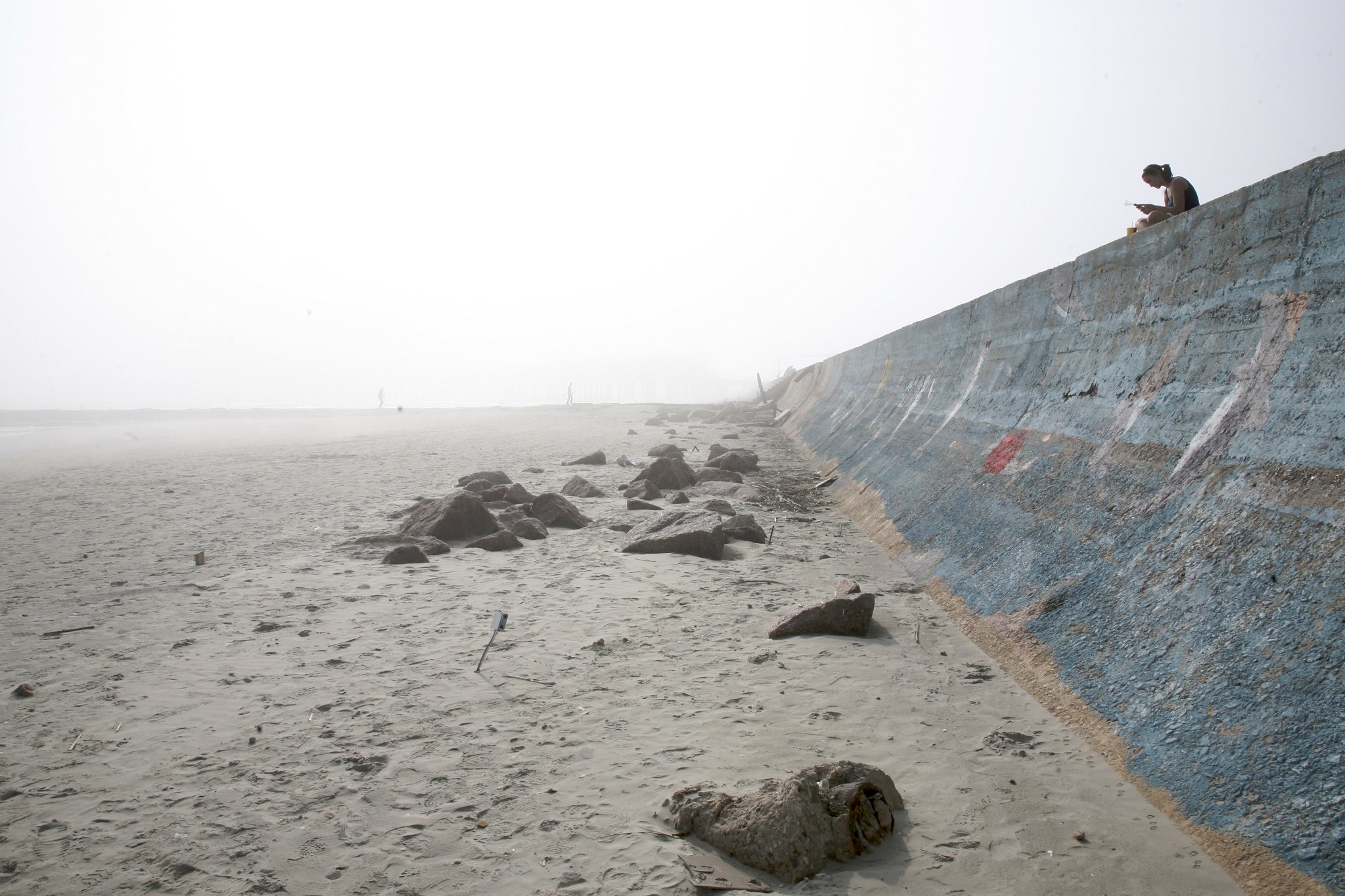
Where the sea wall ends | Interactive Feature – the Washington Post
At a time of fast-rising seas, the ocean is eating away at this barrier island and others like it. But humans, who have held their ground here for over a century, are planning new condos…
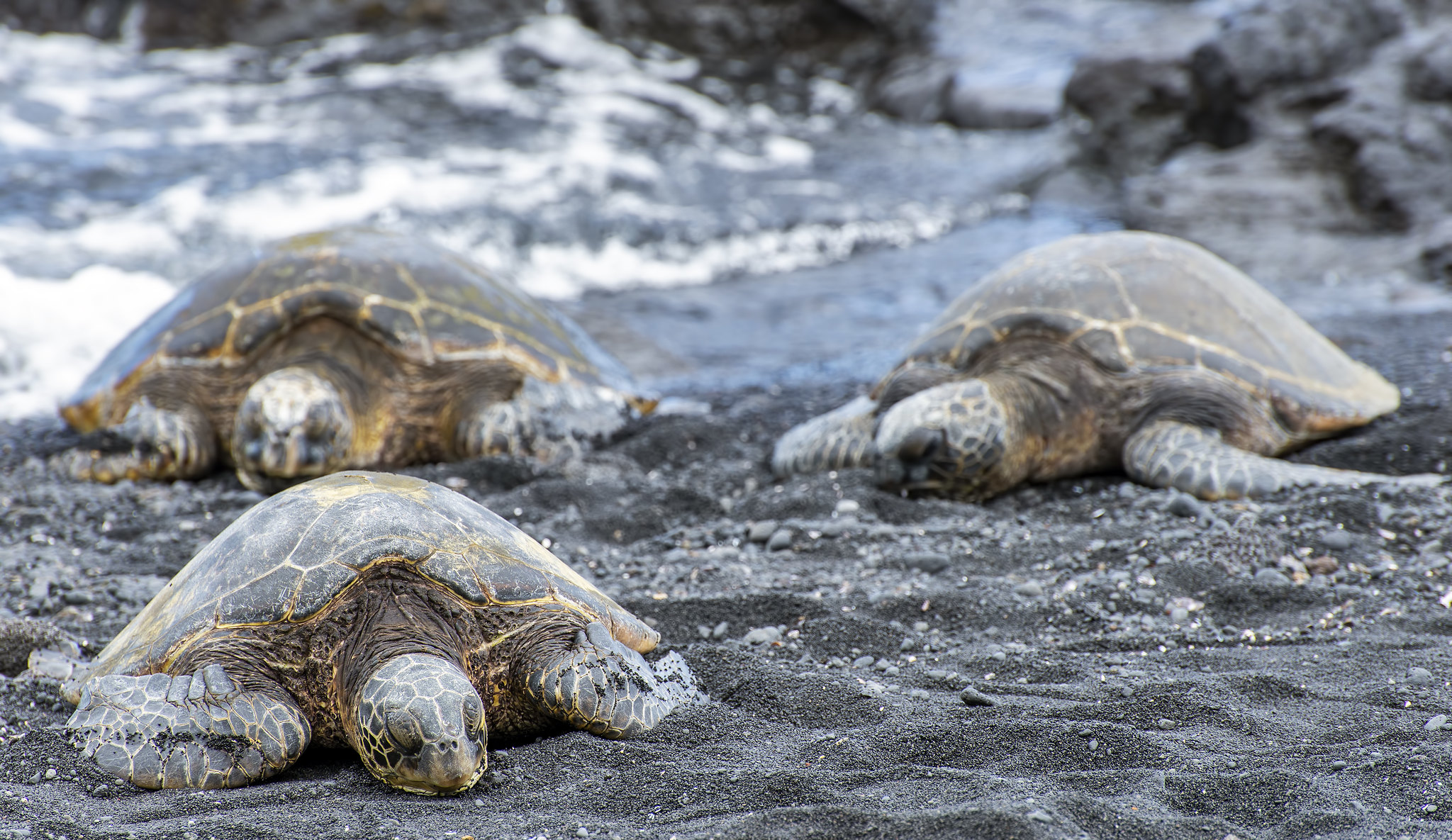
Controversial Punalu‘u project on Big Island set back as contested case moves ahead – Kaua’i Now
The developer of a controversial proposed Ka‘ū residential and commercial community on the Big Island will have to wait to find out if it will be approved for a special management area use permit to move forward with project — or if it will be considered at all — following a special meeting Monday of the Hawai‘i County Windward Planning Commission in Hilo…

Sweltering Lagos Has 25 Million People and Zero Free Public Beaches – Bloomberg
Nigeria’s commercial capital boasts miles of white sand along the Atlantic Ocean that once teemed with locals looking to beat the heat. So what happened?
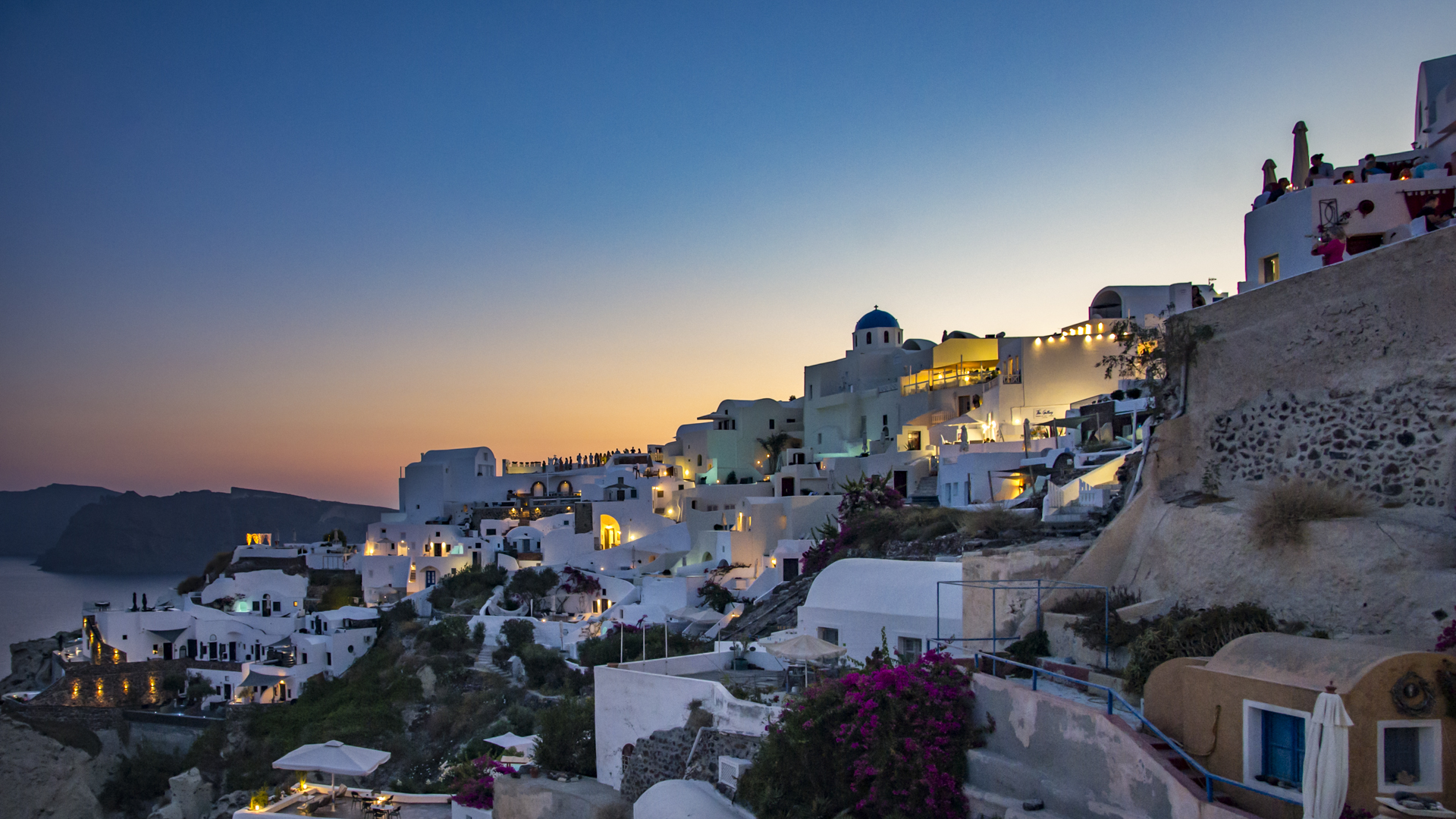
As Development Alters Greek Islands’ Nature and Culture, Locals Push Back – the New York Times
As a proliferation of pools threatens some water supplies and housing costs skyrocket, people of the Cycladic islands say the Aegean islands’ character is being lost to real-estate homogenization…“It’s very easy to talk about sustainable development, but all they actually do is approve new investments,” said Ioannis Spilanis, a former general secretary for island policy at Greece’s shipping ministry and now head of the Aegean Sustainable Tourism Observatory…
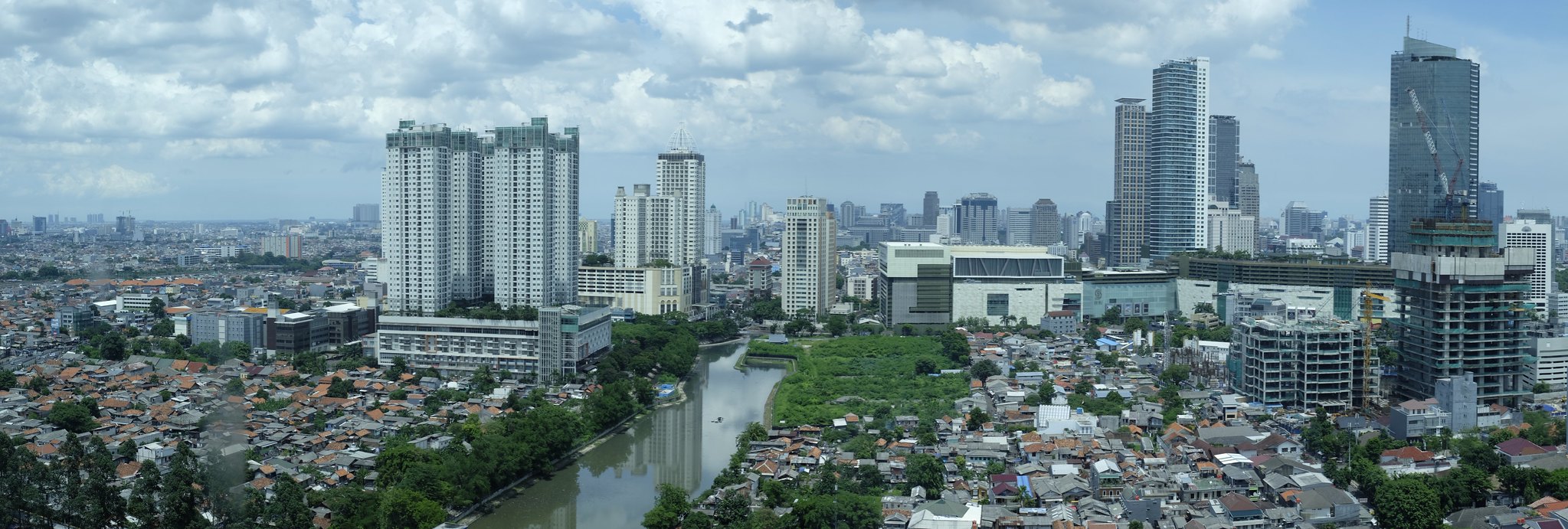
The World’s Fastest-Sinking Megacity Has One Last Chance to Save Itself – Bloomberg
Venice is sinking. So are Rotterdam, Bangkok and New York. But no place compares to Jakarta, the fastest-sinking megacity on the planet. Over the past 25 years, the hardest-hit areas of Indonesia’s capital have subsided more than 16 feet. The city has until 2030 to figure out a solution, experts say, or it will be too late to hold back the Java Sea…
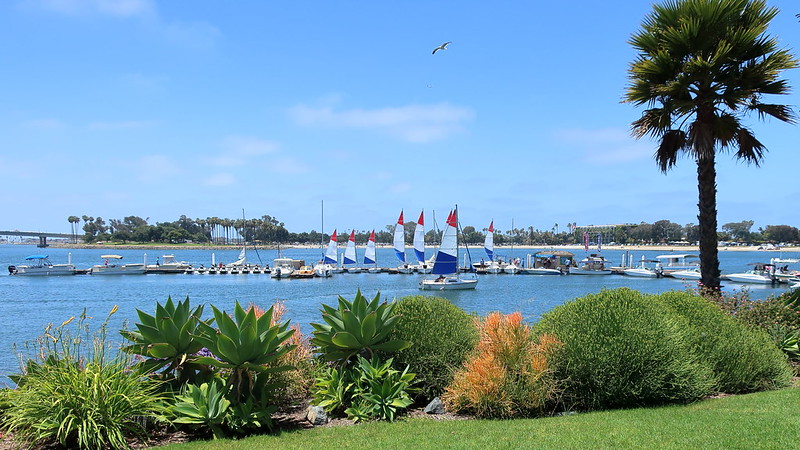
Luxury California resort accused of restricting public beach access – SFGATE
A California Coastal Commission report reviewed by SFGATE accuses Paradise Point Resort of numerous violations that “impede public use of the area and reinforce the impression that the entire area was private…” Alleged violations included the failure to put up a single “public access” sign, blocking public pathways to the beach, and the installation of a kiosk and security guard at the primary parking entrance. Another allegation states that the resort built or placed uncovered dumpsters and an event tent on public pathways and parking spots.

Greeks Fight for Their Constitutional Right to Free Access and Use of Their Country’s Beaches
The beaches in Greece are considered a “public good” per their Constitution. To the average Greek citizen, this is interpreted to mean that if a hotel is built in a way that it blocks access to the beach, they have the right to walk through the hotel to reach the beach.
Increasingly, however, businesses that have been issued permits to operate in the coastal areas have taken over the coast with their concessions, and sunbeds and umbrellas are packed on almost every accessible area of the beach and charge high fees for their use.
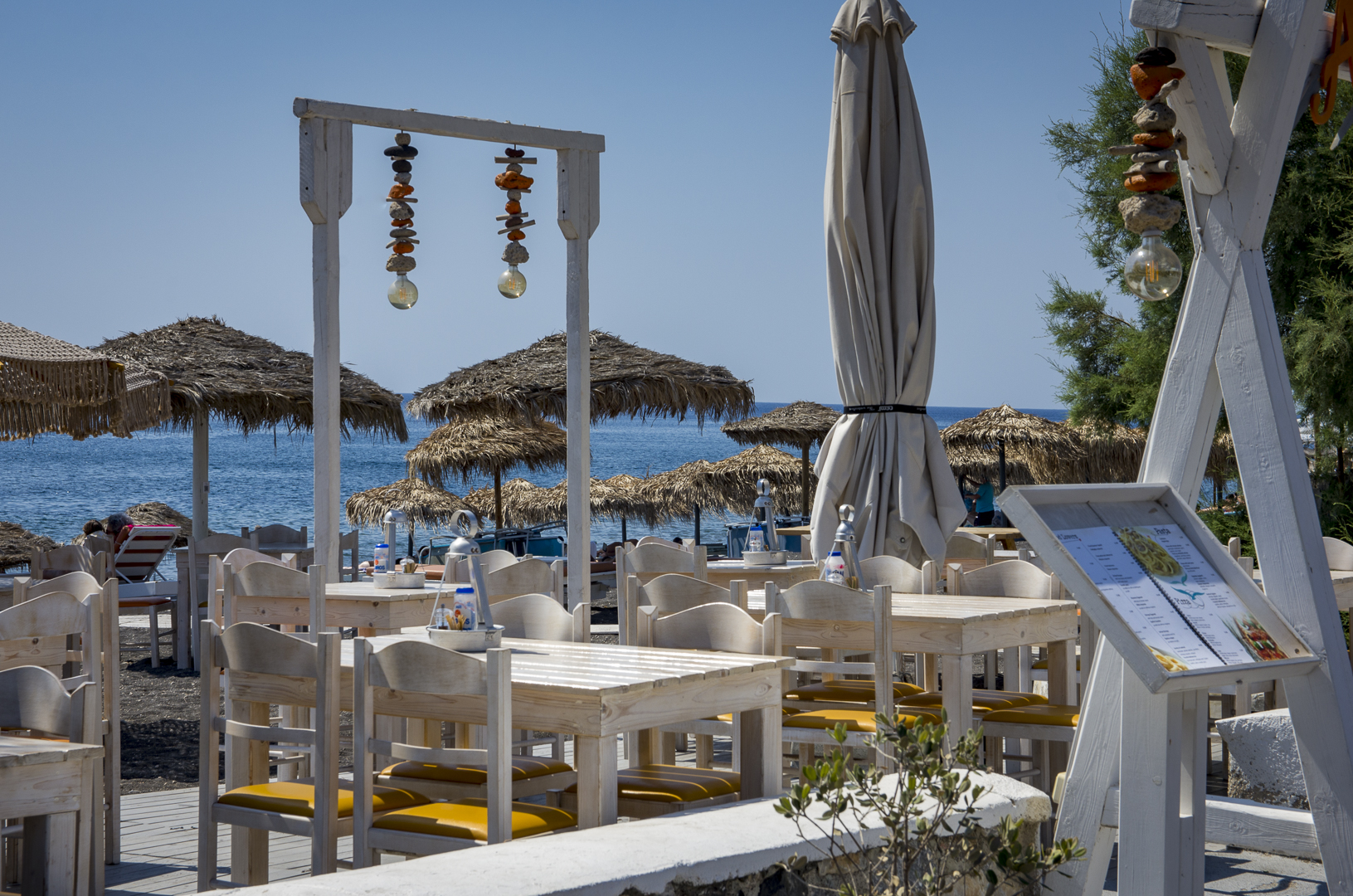
‘No Space for Us’: Greeks Fight Beach Takeover by Pricey Sun Chairs – the New York Times
It is peak tourist season in Greece, and on the pristine Monastiri beach on the northern tip of Paros island, a phalanx of lounge chairs with red umbrellas covers the sand. At 70 euros for a pair of front-row seats near the crystalline waters, less than half were taken on a recent day, as Greeks and tourists alike who did not want to pay instead sheltered from the sun under nearby trees….
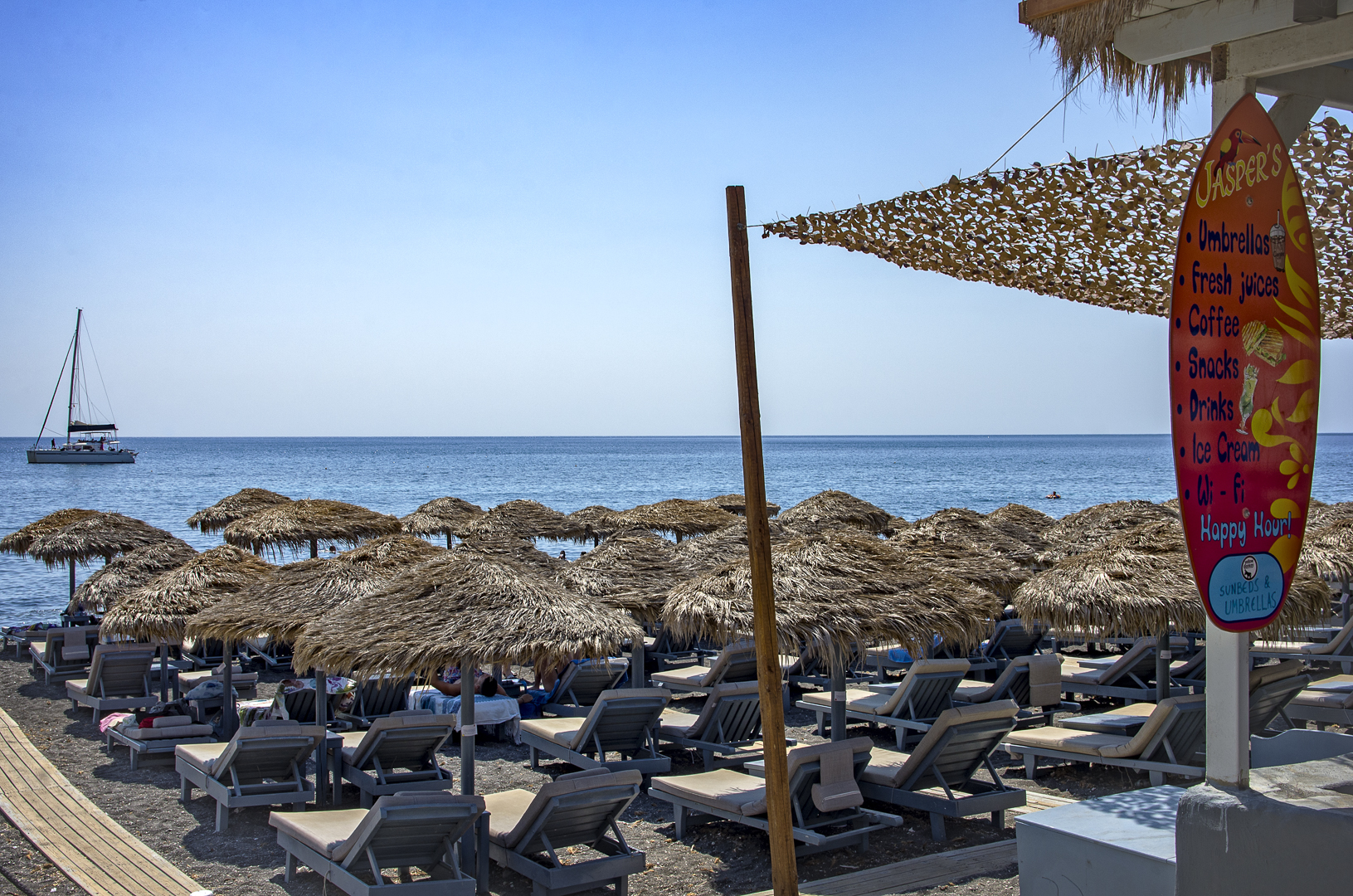
Shore wars: Greeks battle to save beaches from invasion of commercial sunbeds – the Guardian
In the depth of August, when the cicadas sing and the sun burns bright, Archilochos cultural centre on Paros is not usually a hive of activity. If anything, that is reserved for the bars and beaches of a Cycladic isle increasingly drawing le beau monde.
But last week, as Greece’s great summer exodus peaked, the Archilochos was alive to the sound of debate. And, as in weeks gone past, it was a debate ignited by the state of play on the beaches that have become synonymous with pricey sunbeds and greedy entrepreneurs…
